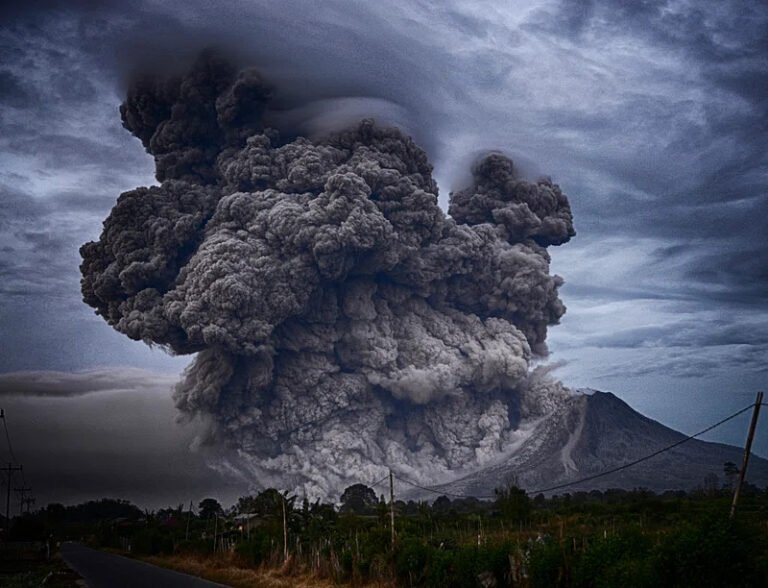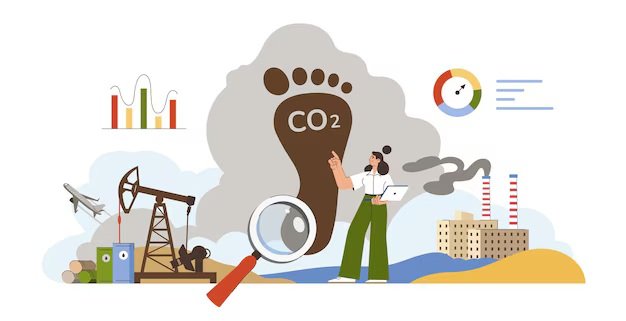What are the 10 Most Common Landforms? Impacts and Sustainability
Have you ever stood on a mountain peak, feeling the crisp air and looking out at the vast world below? Or walk along a quiet river, its waters flowing steadily, shaping the land as it has for thousands of years? Landforms are not just part of our environment; they define how we live, where we build our homes, and even how we grow our food. They influence weather, ecosystems, and the resources we depend on every day.
Over the years, we’ve had the privilege of exploring many of these landscapes—from the rolling Appalachian Mountains to the endless dunes of the Sahara. Each landform has a story, not just in how it was formed, but in how it impacts people and the planet. Mountains provide fresh water, plains feed billions, and rivers sustain entire civilisations. Yet, these natural wonders are also vulnerable to human activity and climate change.
In this guide, we’ll look into the 10 most common landforms, their role in shaping our world, and why they matter for sustainability. Understanding them isn’t just about geography—it’s about our future and the responsibility we share in protecting these incredible landscapes.
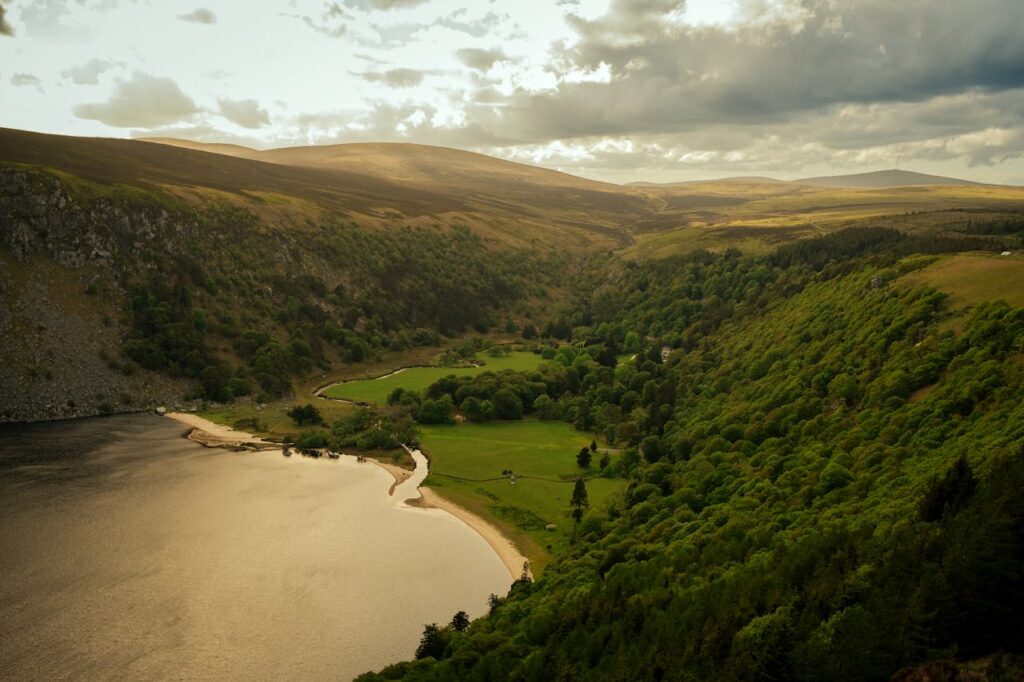
In This Article
- 1. Mountains: The Giants of the Earth
- 2. Plains: The Breadbaskets of the World
- 3. Valleys: Nature’s Cradles of Civilisation
- 4. Plateaus: Elevated Wonders
- 5. Hills: The Miniature Mountains
- 6. Deserts: The Arid Landscapes
- 7. Rivers: Lifelines of Civilisation
- 8. Lakes: The Reservoirs of Freshwater
- 9. Islands: Isolated Ecosystems
- 10. Canyons: The Deep Cut Valleys
- Conclusion: Preserving Our Landforms for Future Generations
1. Mountains: The Giants of the Earth
How They Form
Mountains are some of the most awe-inspiring features on our planet, formed through tectonic activity, volcanic eruptions, and erosion over millions of years. Imagine the colossal force required to push land upwards, creating the towering peaks we see today. The Himalayas, for instance, continue to rise as the Indian and Eurasian plates collide. This process, although slow on a human timescale, has shaped the landscapes that define our world.
Sustainability Challenges
Despite their grandeur, mountains face serious sustainability challenges that threaten both their ecosystems and the millions of people who depend on them.
Deforestation & Soil Erosion: Forests on mountain slopes act as natural stabilisers, preventing landslides and maintaining biodiversity. However, deforestation for agriculture, logging, and infrastructure weakens these slopes, increasing the likelihood of devastating landslides. This leads to soil erosion, making farming even more difficult for local communities.
Glacial Melting: Climate change is dramatically accelerating the retreat of glaciers in mountain regions. These glaciers are crucial freshwater sources for millions of people. In the Himalayas, the rapid melting of glaciers affects major rivers like the Ganges and Brahmaputra, which support agriculture, drinking water, and energy production through hydroelectric dams.
Expert Insight: Dr. Jayanta Bandyopadhyay, an Indian environmentalist and former professor at the Indian Institute of Management Calcutta, has extensively researched the critical role of mountain ecosystems in climate regulation and freshwater provision. He emphasizes that the Hindu Kush Himalaya (HKH) region is vital for water governance and environmental security in South Asia. In his work, he highlights the importance of these mountain systems in sustaining ecosystems and human well-being. (Bandyopadhyay & Gyawali, 1994)
Case Study: The Himalayas
The Himalayan region faces rapid glacial melting, affecting millions dependent on rivers like the Ganges. Community-led afforestation projects have emerged as a sustainable solution, where locals plant native trees to stabilise slopes, prevent erosion, and restore biodiversity. Governments and non-profits also work on sustainable tourism initiatives to minimise human impact.
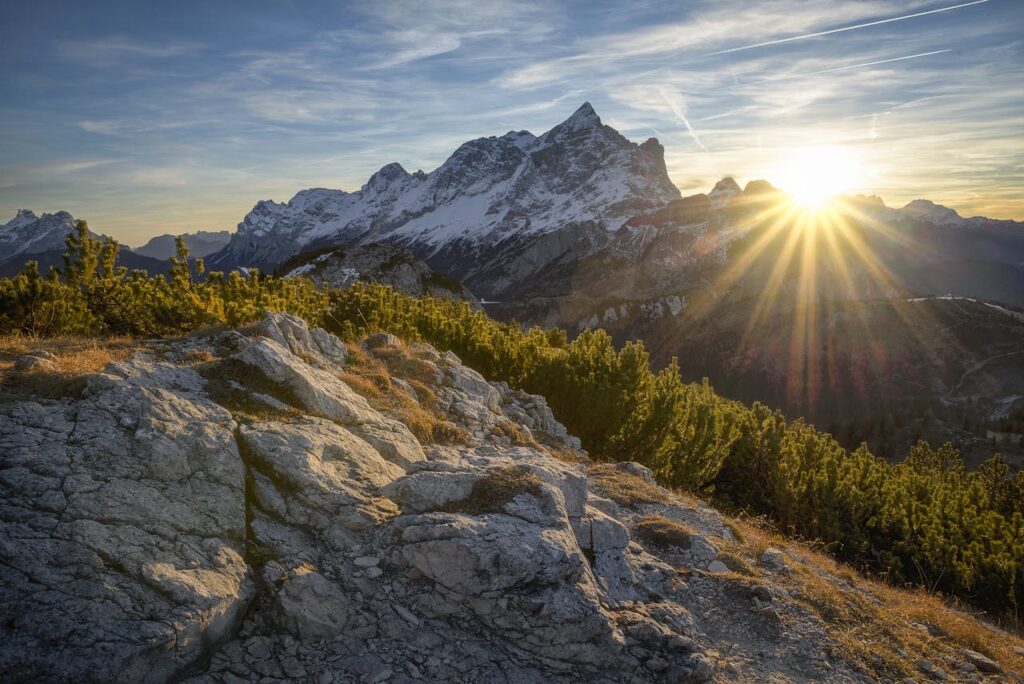
2. Plains: The Breadbaskets of the World
How They Form
Plains are vast, flat lands formed over thousands of years by sediment deposition from rivers or glacial activity. The Great Plains in North America, for instance, were shaped by ancient glaciers and river systems, creating fertile soil ideal for agriculture.
Sustainability Challenges
While plains are crucial for global food production, they also face major environmental threats.
Overgrazing: Overgrazing by livestock strips vegetation, leading to soil degradation and desertification. Once fertile lands can turn into barren wastelands if sustainable grazing practices are not implemented.
Industrial Agriculture: Heavy pesticide and fertiliser use in large-scale industrial agriculture depletes soil health, contaminates water sources, and reduces biodiversity. The need for short-term high yields often comes at the cost of long-term soil sustainability.
Real-World Example
Farmers in Kansas are embracing regenerative agriculture techniques like crop rotation, no-till farming, and cover crops to rebuild soil health. These practices enhance carbon sequestration, reduce the need for chemical inputs, and improve long-term yield stability.
Statistic
| Impact | Data |
|---|---|
| 33% of the world’s land | is degraded due to unsustainable farming. |
| 60% increase in yields | observed with sustainable farming techniques. |
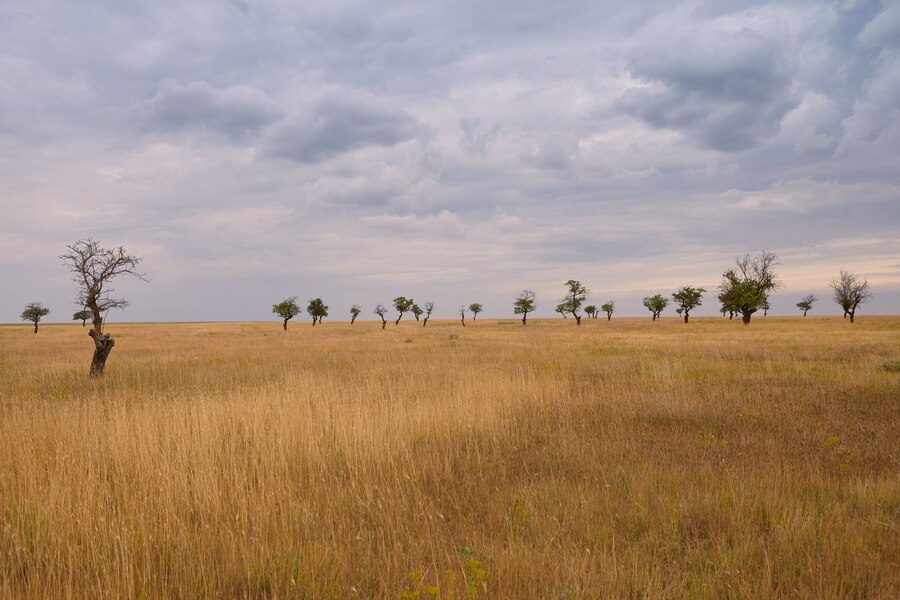
3. Valleys: Nature’s Cradles of Civilisation
How They Form
Valleys are created through the persistent erosion of land by rivers or glaciers over millennia. The Nile Valley, for example, has supported human civilisation for thousands of years due to its fertile land and access to water.
Human and Environmental Impact
Urbanisation: Many valleys have become population hubs, leading to habitat destruction and pollution. Rapid development without proper planning can put pressure on natural water sources and local wildlife.
Flash Flooding: Deforestation and climate change have increased the frequency of flash floods in valleys. Without trees to absorb rainwater, runoff quickly accumulates, leading to devastating floods that destroy homes and crops.
Sustainable Solutions
Reforestation efforts in South American valleys have helped restore ecosystems and mitigate flooding. By planting native trees and vegetation, local communities are reducing soil erosion, improving water retention, and creating buffer zones against natural disasters.
Learn More: What is Human-Environment Interaction? Examples and Impacts
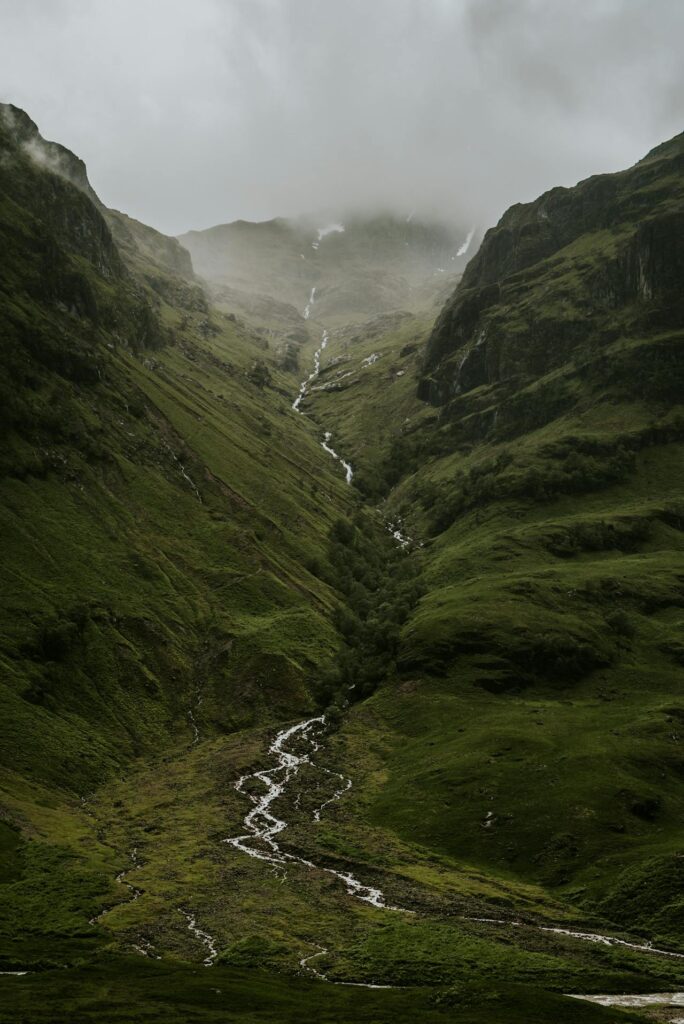
4. Plateaus: Elevated Wonders
How They Form
Plateaus form through tectonic uplift or volcanic activity. The Deccan Plateau in India, for instance, was shaped by massive volcanic eruptions millions of years ago, leaving behind rich basaltic soil.
Sustainability Challenges
Mining and Deforestation: Many plateaus are rich in minerals, making them prime targets for mining activities. However, excessive mining leads to habitat destruction, air pollution, and water contamination.
Water Scarcity: Despite their high elevation, plateaus often face water shortages due to limited groundwater recharge and irregular rainfall.
Expert insight: Dr. Jens-Christian Svenning, a prominent ecologist and biogeographer at Aarhus University, researches biodiversity, ecosystems, and rewilding. His work emphasizes the importance of various landforms, including plateaus, in maintaining biodiversity and supporting healthy ecosystems. His research on rewilding highlights the role of restoring ecological processes to promote self-regulating ecosystems, which is particularly relevant to unique habitats like plateaus.
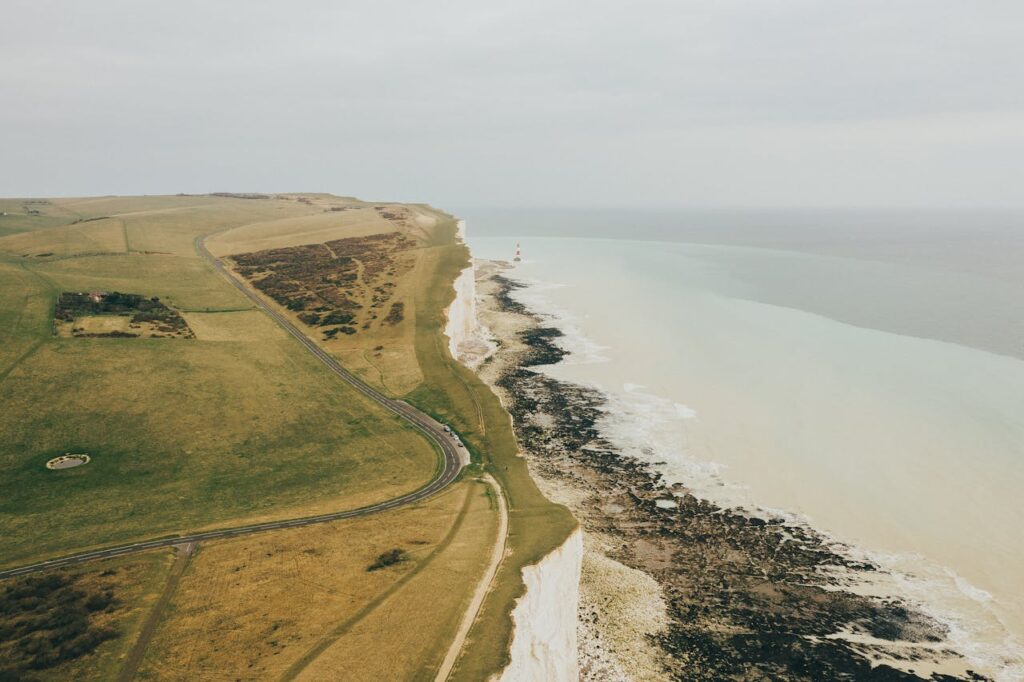
5. Hills: The Miniature Mountains
Formation and Characteristics
Hills are smaller than mountains but share similar origins. They form through erosion, geological uplift, or volcanic activity. While they may not be as imposing as mountains, they play a crucial role in local ecosystems and communities.
Human Impact
Deforestation for Housing: Hills are often cleared for housing and urban expansion. This disrupts local climate patterns, increases landslide risks, and leads to habitat loss.
Soil Erosion from Agriculture: Hillsides are frequently used for farming, but improper agricultural techniques can accelerate soil erosion, making the land less productive over time.
Sustainable Practices
Terrace farming in Nepal provides a sustainable way to farm on hillsides while preventing soil erosion. This ancient method allows for water retention, reducing the risk of landslides and maintaining soil fertility for generations to come.
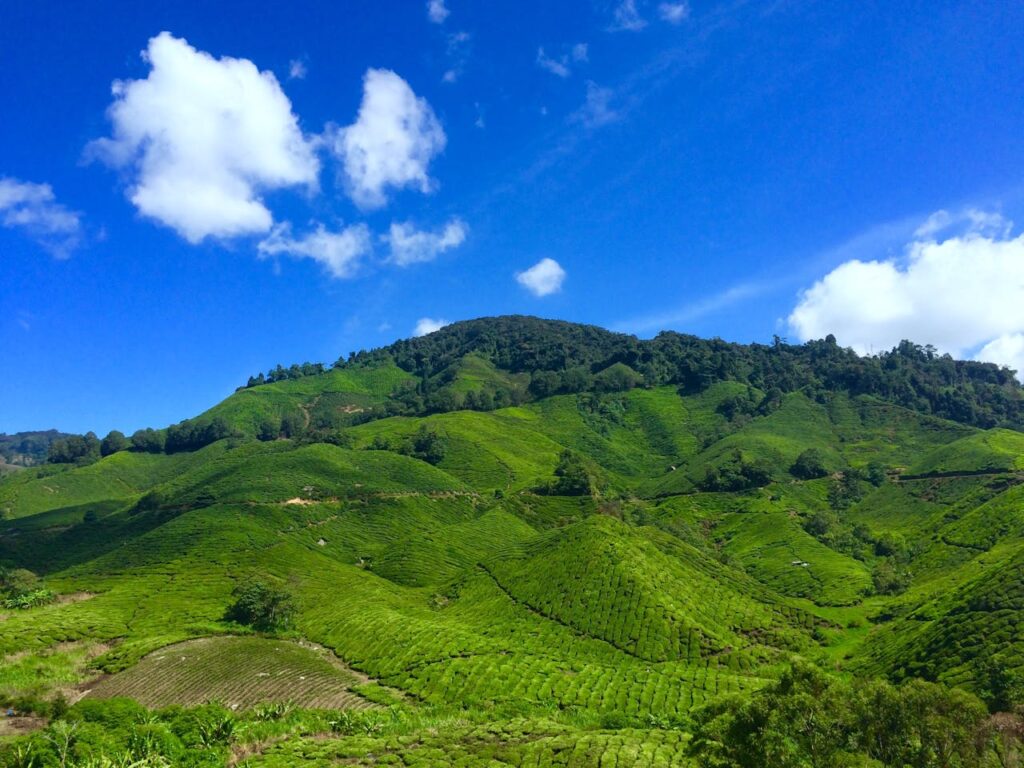
6. Deserts: The Arid Landscapes
How They Form
Deserts are born from a combination of extreme environmental factors. The main culprit is low rainfall, often due to prevailing wind patterns that prevent moisture from reaching certain areas. Some deserts, like the Sahara, exist because of high-pressure systems that push away clouds and rainfall. Others, such as the Atacama Desert in Chile, are in the rain shadow of mountains, meaning moist air from the ocean loses all its water before it can cross the peaks.
Environmental Concerns
Desertification: One of the biggest threats to desert landscapes today is desertification. This process occurs when fertile land gradually turns into a desert due to climate change and unsustainable agricultural practices. Overgrazing, deforestation, and poor water management contribute to the spread of deserts, threatening livelihoods and food security.
Water Scarcity: With so little rainfall, deserts rely on underground aquifers for water. However, excessive extraction of groundwater is a growing problem, causing wells to dry up and ecosystems to collapse. In many desert regions, people dig deeper and deeper in search of water, only to find diminishing supplies.
Real-World Example: The Great Green Wall
A beacon of hope in the fight against desertification is Africa’s Great Green Wall project. This ambitious initiative aims to restore degraded land across the Sahel region by planting millions of trees. Stretching across 8,000 kilometres from Senegal to Djibouti, the project has already helped communities revive local economies, improve food security, and combat land degradation.
Statistics
- 40% of Africa’s land is affected by desertification.
- 8,000 km of trees have been planted to restore ecosystems.
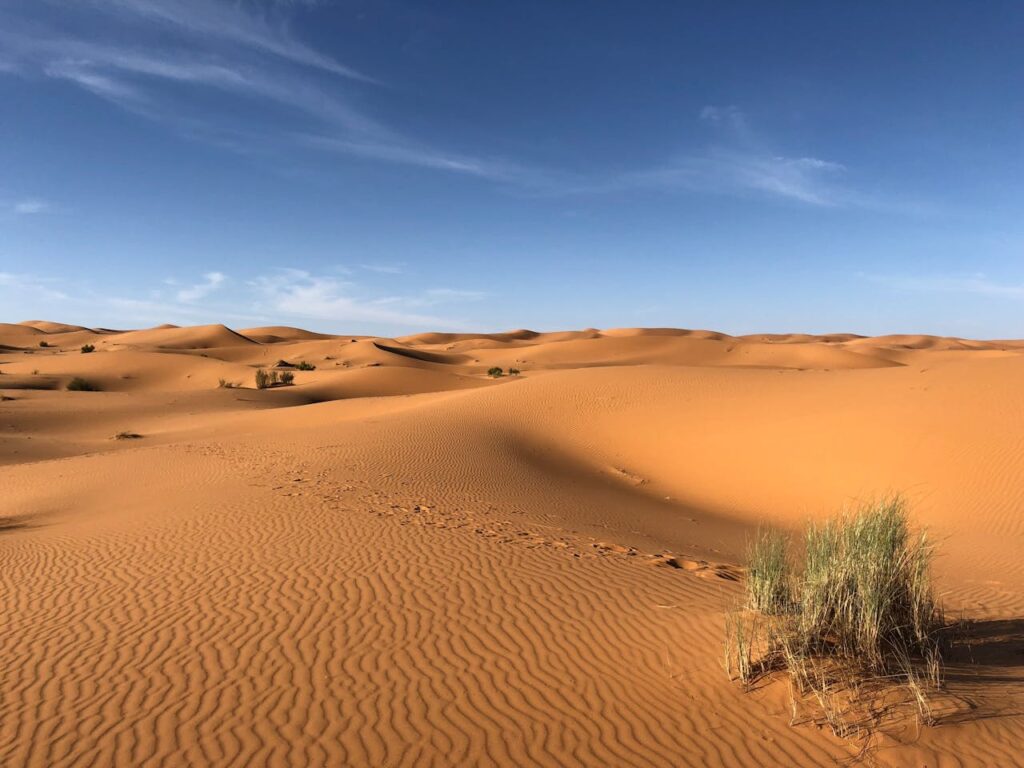
7. Rivers: Lifelines of Civilisation
How They Form
Rivers are nature’s arteries, transporting water and nutrients across continents. They originate from sources like glaciers, underground springs, or rainfall, gradually carving landscapes through erosion and sediment transport. Rivers have always been at the heart of human civilisation, supplying water, enabling trade, and supporting agriculture.
Sustainability Issues
Pollution: Many major rivers, such as the Ganges in India, are heavily polluted due to industrial waste, sewage discharge, and agricultural runoff. This contamination endangers both human health and aquatic life.
Damming: Dams provide hydroelectric power and water storage, but they also disrupt natural water flow, affect fish migration, and alter ecosystems. The Three Gorges Dam in China, for example, displaced millions of people and caused biodiversity loss.
Sustainable Solutions
Eco-restoration projects like those on the Thames River in the UK have significantly improved water quality and revived fish populations. By reducing industrial waste dumping and implementing conservation strategies, governments and organisations are gradually reversing the damage done to river ecosystems.
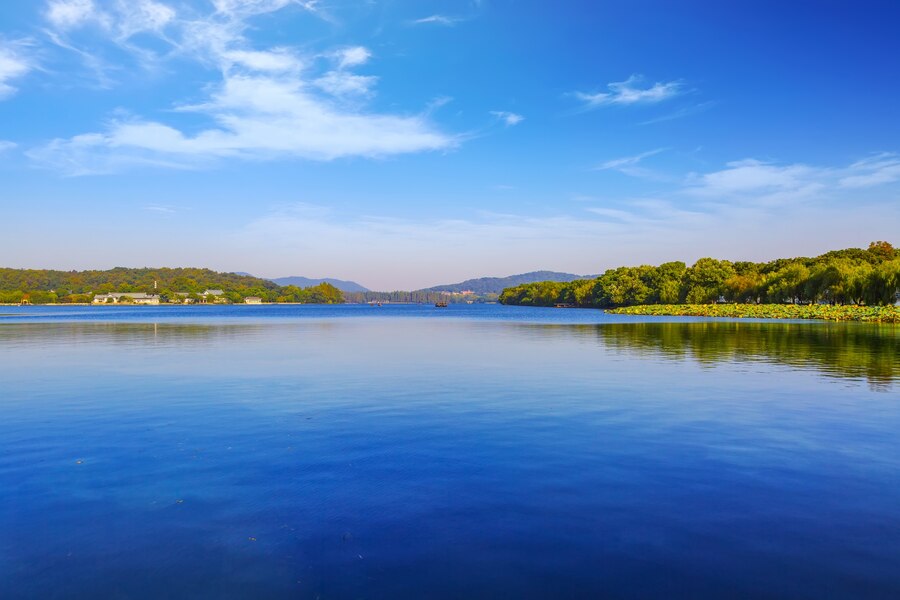
8. Lakes: The Reservoirs of Freshwater
Formation
Lakes form in natural depressions created by tectonic shifts, glacial movements, or volcanic activity. They serve as critical reservoirs of freshwater, supporting biodiversity and human communities alike.
Environmental Threats
Algal Blooms: Excessive use of fertilisers in agriculture leads to nutrient runoff, which feeds toxic algal blooms. These blooms deplete oxygen levels in water, suffocating fish and other aquatic species.
Water Diversion: Large-scale water diversion projects, often for irrigation or urban use, reduce a lake’s ability to replenish naturally. The Aral Sea, once one of the world’s largest lakes, has nearly disappeared due to unsustainable water extraction.
Case Study: Lake Baikal
Lake Baikal in Russia, the world’s deepest freshwater lake, is under severe threat from industrial pollution, climate change, and illegal fishing. Conservationists and scientists are working to mitigate these impacts through stricter environmental regulations and cleanup efforts.
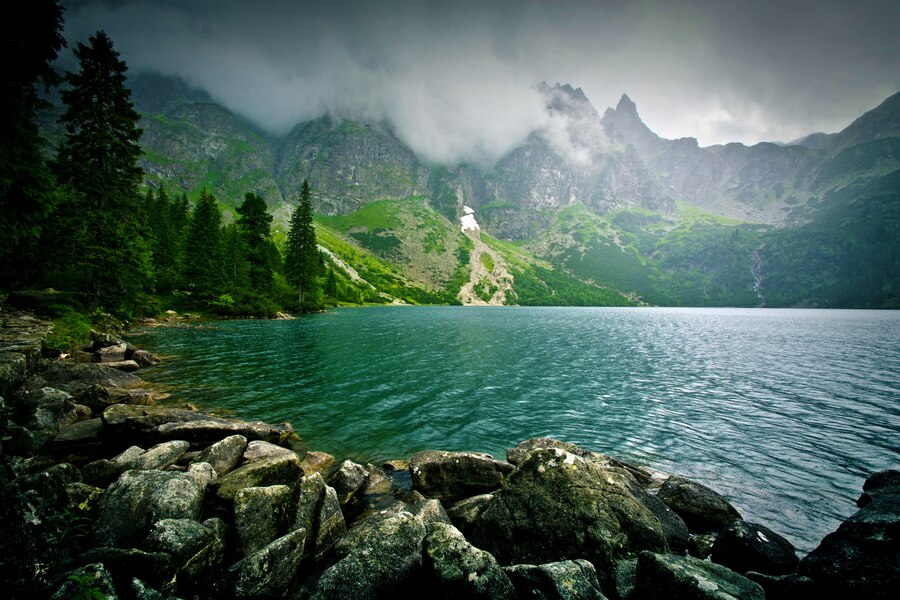
Learn More: 20 Best Eco-Friendly Activities to Help Your Environment
9. Islands: Isolated Ecosystems
Formation
Islands form in various ways—some arise from volcanic eruptions (like Hawaii), others emerge from rising sea levels over coral reefs (like the Maldives), and some break away from larger land masses due to tectonic activity.
Environmental Challenges
Rising Sea Levels: Many island nations, especially in the Pacific, face an existential crisis due to climate change. As ocean levels rise, coastal erosion and flooding threaten homes, freshwater supplies, and entire communities.
Tourism Impact: While tourism brings economic benefits, it also strains natural resources. Popular destinations like the Galápagos Islands have had to implement strict visitor regulations to prevent ecological damage.
Sustainable Practices
Eco-tourism initiatives in the Galápagos focus on minimising human impact while funding conservation efforts. Responsible travel choices—such as choosing eco-friendly accommodations and respecting local wildlife—play a crucial role in protecting island ecosystems.
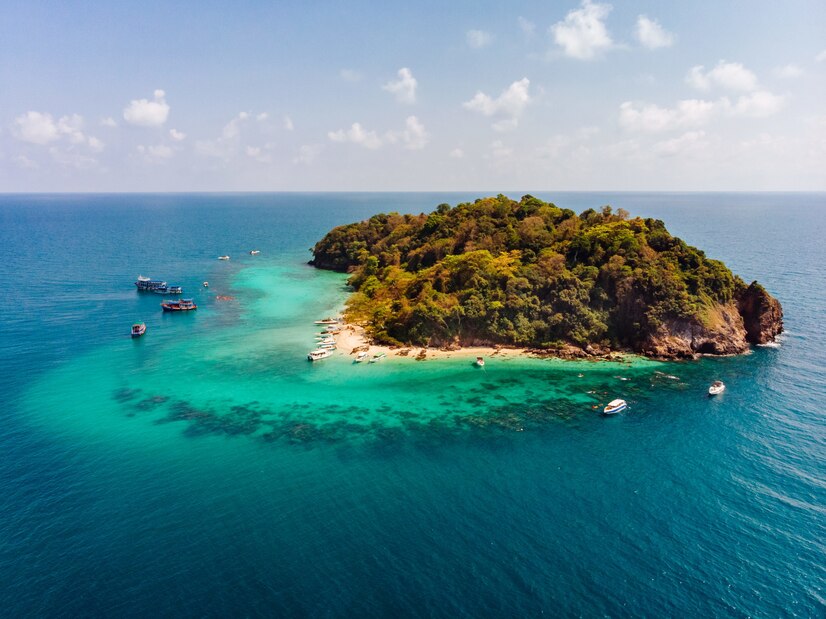
10. Canyons: The Deep Cut Valleys
Formation
Canyons are sculpted over millions of years by the relentless force of rivers cutting through rock. The Grand Canyon, for example, was carved by the Colorado River, exposing layers of Earth’s geological history in its breathtaking cliffs.
Environmental Concerns
Erosion & Landslides: Deforestation and human activities increase the risk of landslides and accelerate erosion, threatening canyon stability.
Tourism Pressure: Heavy foot traffic, pollution, and infrastructure development can degrade delicate canyon ecosystems.
Sustainable Solutions
To protect the Grand Canyon, conservationists have implemented measures such as limiting visitor numbers in sensitive areas and enforcing strict conservation zoning. These efforts help balance tourism with environmental preservation.
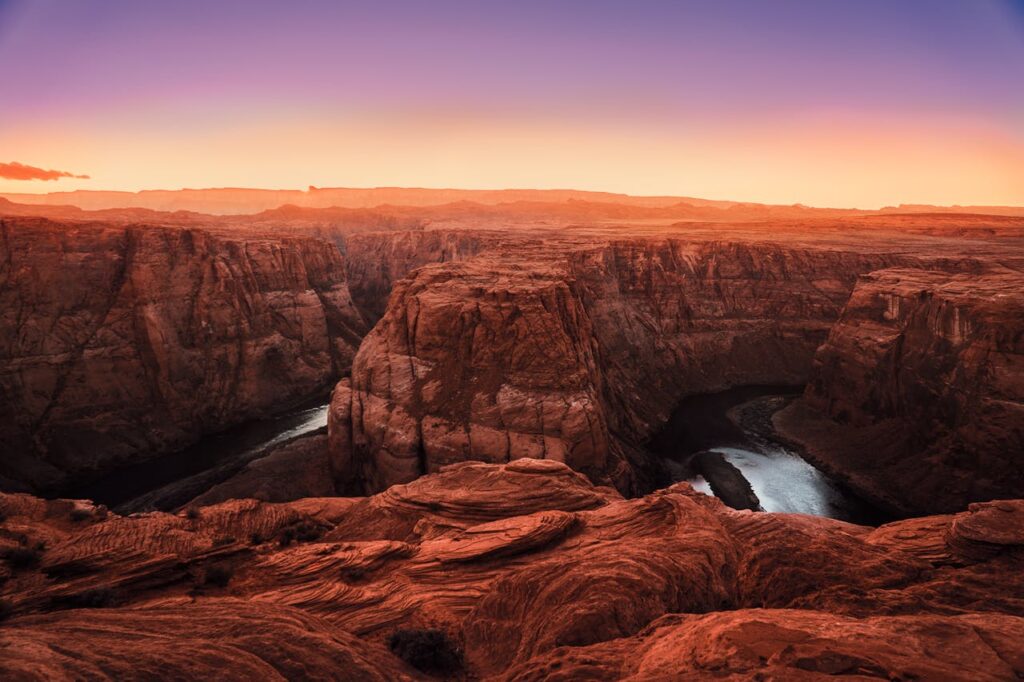
Conclusion: Preserving Our Landforms for Future Generations
Landforms are more than just landscapes; they are essential to life on Earth. Yet, human activities—from pollution to deforestation—continue to threaten their stability. To ensure these natural wonders remain intact for future generations, we must take action:
- Support reforestation and conservation projects.
- Reduce pollution and industrial waste.
- Advocate for sustainable tourism and land-use policies.
Every small step matters. By respecting and protecting our planet’s landforms, we contribute to a healthier, more sustainable world.

